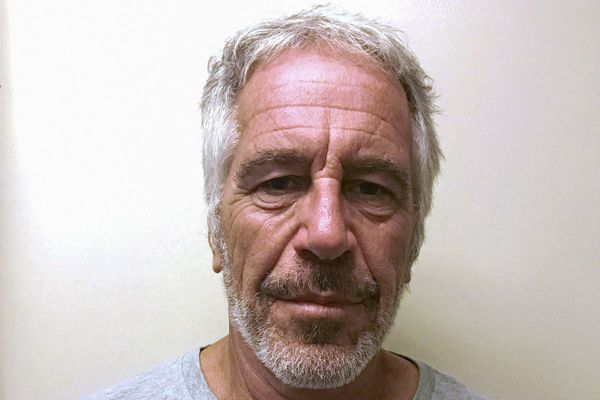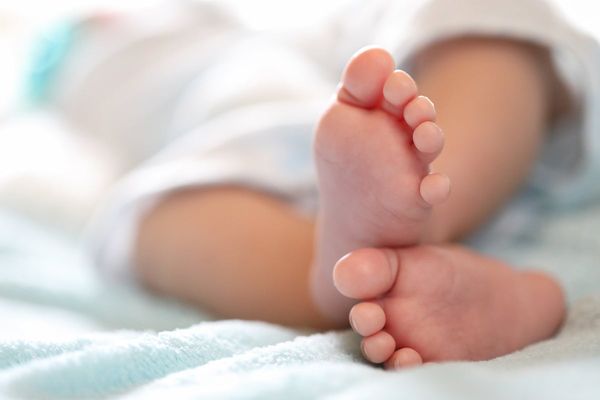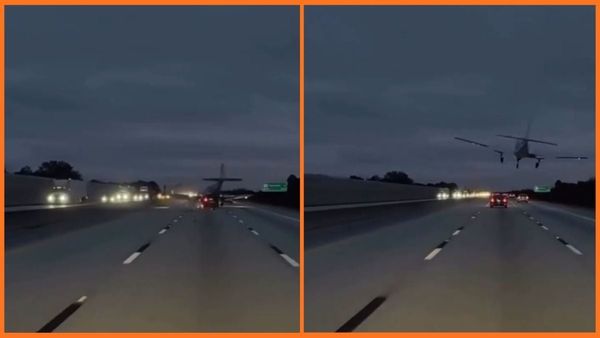The recent killing of a Black teenager by the police in Cuba, and the disturbing details caught on video, have drawn rare attention to police brutality and racial discrimination on the island.
Cuba’s Ministry of the Interior, which oversees the Revolutionary Police, admitted in a statement that an unidentified male was killed when officers opened fire at the scene of a fight in the Condado Sur neighborhood in Santa Clara, a city in central Cuba, on Friday.
The ministry statement published Saturday did not name the person killed but Cuban independent media and the youth’s father, Yosvany Batista Gómez, identified him as Zidan Batista Álvarez, who was 17.
A second person “with no involvement” in the incident was also injured, according to the ministry statement.
Few details have been made public about what happened.
According to the official version, the shooting was in self-defense because the young man was armed with a knife and a machete and tried to attack one of the officers.
“Faced with the imminent danger to the officer’s life, his fellow officers made use of their service weapons in defense of his physical integrity,” the statement published on state media said. “In the unfortunate incident, the main aggressor died.”
The ministry said the dead man had “multiple criminal records.”
In a Facebook post, the dead youth’s father, a pastor, said he and his son were in a fight with a group of people when the police arrived, and the officers pounced on them and started hitting them “without asking questions.”
Yosvany Batista Gómez did not deny his son had a machete but said the shooting was an “unnecessary” use of force and that there were other ways to disarm him. Instead, he said, they shot him twice, in the thigh and the chest.
Batista Gómez said he had previously filed reports with the police complaining about the other people involved in the Friday incident, who he said had threatened his son and his girlfriend. The teenager was the father of a 1-year-old girl.
Batista Gómez also contested the police version that his son was an “antisocial” because he participated in the anti-government demonstrations in July last year.
It is unclear where the shooting happened, but a video published on social media shows a crowd running in the streets moments after two shots are heard.
By the time the interior ministry released its statement, several videos of the incident had already been circulating on social media, causing a barrage of criticism of police actions.
Some videos show a youth, reportedly Batista Álvarez, being held on the ground as he is surrounded by several police officers and a crowd of bystanders.
In one of the videos, he is seen on the ground, handcuffed and bleeding but still moving, moments after he was shot, according to the person recording.
“Shots, shots, I couldn’t record the shots.... He is bleeding,” the unidentified man says.
In a disturbing moment caught on video and widely shared on social media, a police officer kicked the teen and pointed a gun at him while he was struggling, immobilized on the ground. In another video apparently shot moments after, the youth thought to be Batista Álvarez is not moving. It is unclear if he was alive at that point. A man tries to lift him, but a police officer hits him with his baton to stop him from helping the teenager.
A woman cries in the video, “Why are they leaving that guy there?” Another person is heard saying, “He is going to die.”
At no point do the videos show efforts to provide the teen with emergency care. The scene played out in front of a crowd of neighbors and bystanders.
A moment of racial reckoning
Many Cubans on social media condemned the killing, sharing the hashtag #JusticiaparaZidan, Justice for Zidan. Some made comparisons with the incidents of police brutality against Black people in the United States.
“It turns out that there is a country where the police can kill you with impunity just for being a young Black man and then the media takes care of presenting you as a criminal,” said Roberto Garcés Marrero, a Cuban anthropologist residing in Mexico. “No, I’m not talking about the U.S.; I’m talking about Cuba.”
But racial police violence is not a problem unique to the United States, said Alejandro de la Fuente, a professor of African and African American Studies and director of the Afro-Latin American Research Institute at Harvard University.
“In fact, the country in the Americas where the largest number of people of African descent die at the hands of the police each year is Brazil,” he said. “Cuba is no stranger to these dynamics, which are now increasingly visible. Structural racism has no borders.”
Since 2020, human rights activists have documented at least four extrajudicial killings of young Black men by police, including that of Diubis Laurencio Tejeda, killed by a police officer during the July 11 protests last year.
The killings followed the same “alarming pattern,” said Cuban historian Leonardo Fernández Otaño, who was also arrested for participating in the July protests last year. They all involved Black people from poorer neighborhoods and police officers using their firearms; they were justified by Cuban authorities and did not prompt legal proceedings against the officers, he said in a Twitter thread after the killing of the teenager Friday.
“Here’s a young Black youth who was killed, and the police shot him, he was on the ground, and there is no respect for humanity, no respect for the humanity of this young man,” said Amalia Z. Daché, an Afro-Cuban American scholar and associate professor of higher education at the University of Pennsylvania. “There is a racial dynamic tied to this.”
Discontent among Afro-Cubans has grown and many joined the islandwide anti-government protests in July last year.
Despite early promises by Fidel Castro about eliminating racism on the island, racial inequalities persisted and have become more blatant in the past 30 years, at a time when economic differences between the white and Black populations on the island have deepened. Scholars have found that Black Cubans are less likely to receive remittances from abroad or find jobs in lucrative sectors like tourism or in the private sector. Racial profiling of young Black men by the police has been a central theme in Cuba’s hip-hop movement for years. And Cuban authorities have harassed Afro-Cuban activists.
Because of Cuban government propaganda about equality between races, there is a “blind spot” and “hesitation” about Cuba among people of color and people who follow social justice movements in the U.S., Daché said. A lot has been said about Castro’s support of the 1960s civil rights movement in the U.S., but “he just used the civil rights movement like a curtain to hide how he was oppressing Blacks in Cuba, how he was diminishing the activism of Blacks in Cuba.”
Daché said the family of Batista Alvarez, the teen killed Friday, is unlikely to find justice.
“Look at what their response was; their response was, let’s criminalize. Let’s make it as if this person was a deviant,” she said. “But guess what, we know this. When it comes to the state’s tools of repression in dictatorial societies, they always are going to rationalize it by criminalizing the subjects. And those tend to be people of darker skin.”
____







